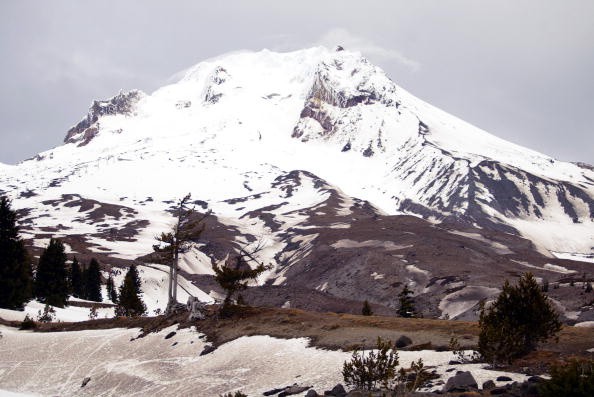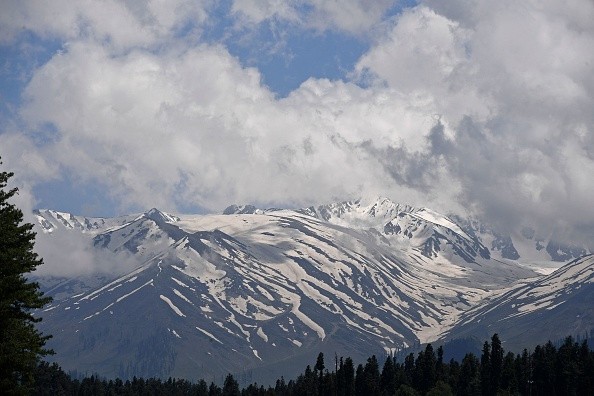Mountain snowpacks are dwindling all over the world, and climate models predict that if the earth continues to warm, snowpacks would diminish substantially and might vanish entirely on certain mountains, including those in the western United States, at some certain point in the coming century.

New Study
A new study headed by experts at Lawrence Berkeley National Laboratory (Berkeley Lab) looks at the possible time there will be a low-to-no-snow in the future, what that means for water management, and where investments might be made now to avoid catastrophic effects.
Their research was published in the journal Nature Reviews Earth and Environment under the title "A low-to-no-snow future and its impacts on water resources in the western United States."
It examines previous climate projections and concludes that if greenhouse gas emissions continue at current levels, low-to-no-snow winters will turn into a frequent occurrence in the western US in 35-60 years.
Furthermore, the study challenges long-held beliefs about water management in the United States, emphasizing the need for scientists and water managers to collaborate more closely in order to design and execute climate adaptation methods.
The variables that cause diminishing snowpacks are primarily temperature rises and changing precipitation types. Warmer temperatures also mean that storms will generate more rain and less snow, lowering the amount of seasonal snowpack that may accumulate over the winter.
The study which Berkeley Lab's Earth & Environmental Sciences Area authors Erica Siirila-Woodburn and Alan Rhoades co-led, begins with a literature review that clarifies several hundred scientific studies on snow loss; of those, they identify and analyze 18 studies that had quantitative snowpack forecasts for the western United States.
Low-to-No-Snow Conditions
According to recent research, the April 1 snowpack water storage in the western United States has decreased by 21% since the 1950s, which is similar to Lake Mead's storage capacity. By the end of the century, the decline might be greater than 50%, but the range of uncertainty will be much higher.
Many locations have already received very little snow in recent years, such as the Sierras in 2015, when the snowpack level on April 1 was below 5% of average, which the authors describe as an "extreme" occurrence.
The research distinguishes between two sorts of low-to-no-snow conditions: Episodic low-to-no snow: This occurs when more than half of a mountain basin has had no snow for five years and; Permanent low-to-no snow: It occurs for ten years. After the snowpack is in the 30th percentile or below of the historical high, it is referred to as "low snow."
According to one high-resolution climate prediction, California might have episodic low-to-no snow in the late 2040s and continuous low-to-no snow in the 2060s using these criteria.

Here's the Good News
The authors' goal in conducting this research was to stimulate current thinking regarding adaptation techniques. The goal in presenting the low-to-no snow literature synthesis is to provide a 'one-stop shop' for understanding the subject.
The report also looks at possible adaptation measures, such as controlled aquifer recharge, which involves storing surplus surface water underground as groundwater for later use.
Forecast-informed reservoir operations, in which meteorological and hydrological forecasts are utilized to drive intentions about holding or releasing water from reservoirs, have recently been proven to enhance water storage by 33℅ at Lake Mendocino in California.
These and other solutions show potential for enhancing water supply, but the authors advocate further cross-collaboration among researchers and within society to broaden the range of climate adaptation measures.
For more news, updates about snow and similar topics don't forget to follow Nature World News!
© 2025 NatureWorldNews.com All rights reserved. Do not reproduce without permission.





